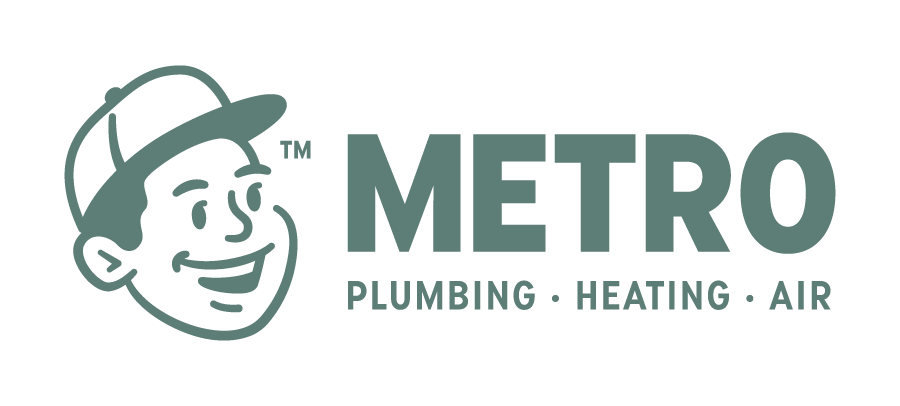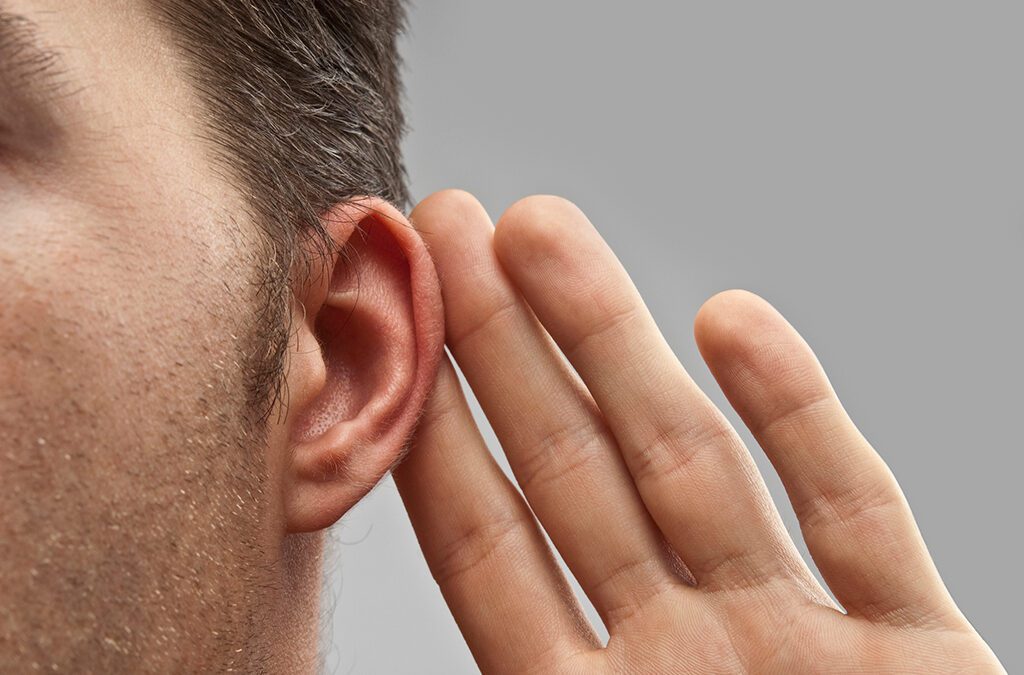The sewer line is, unfortunately, a single point of failure for most home plumbing systems. There’s only one pipe leading from the house out to the sewer and, while some people take advantage of running a grey water line to water their yard, everything passes through the sewer main and back to a water reclamation facility.
While flushing or draining the wrong things can have disastrous effects on your sewer-line (they’re more likely to cause problems in your home’s plumbing), a major cause of damage comes from tree roots. Since today is Arbor day, we’d like to recommend planting a tree to commemorate the event, but we’d also like to advise caution, since improper planting can lead to heartache when it comes time to repair a damaged sewer line (or one that’s simply clogged with thirsty tree roots).
Avoiding Root Problems
The best way to deal with tree roots is to avoid them in the first place. Don’t plant trees near your sewer line. Once a tree finds a way into your sewer main, it’s going to be an expensive ordeal to get a permanent fix. Trees are harder and you can find yourself with a reclogged sewer pipe with a year of having the roots cleared out.
That means, when you go to plant a new tree at your home today, plant it away from the sewer line. You should also take care with the kind of tree you plant. Find a tree that has a smaller root system, one that won’t spread out as much in search of new nutrient sources. Smaller trees are excellent for this purpose. Planting in good, nourishing soil will also prevent sewer problems later on. Trees are pretty resilient and will seek out new sources of nourishment. If they’re planted in dry, infertile ground they’ll spread out to find the resources they need, eventually finding your sewer pipes.
Then again, you can always defend against their present by installing a root barrier.
Landscape with A Plan:
- Trees with smaller root systems
- Plant trees in good growing soil
- Plant at a distance from the sewer line
- Use root barriers
Root Barriers and Deterrents
You aren’t always the one in charge of the trees that are affecting your sewer. Neighbors, pre-existing trees, and city curbside trees can all tap into the sewer line running from your home to the city sewer. So what can you do? Well you can take a proactive approach by installing root barriers around your sewer line (and anything else you want to keep roots out of). Root barriers require careful application to be installed correctly. Consulting a certified plumber is extremely advised to make the best use of them.
Root barriers come in three different varieties:
- Growth Inhibitors
- Deflectors
- Traps
Growth inhibitors are chemical agents placed in the pipe and the surrounding soil (usually copper sulfate) that make the ground unappealing to the tree. Unfortunately, chemical growth inhibitors can last anywhere between three and seven years depending on rainfall and lawn watering. They’re simpler to use but need to be applied properly.
Deflectors are physical barriers that block the approach of roots toward your sewer pipe. These barriers can be made of rigid plastic, metal, or wood. Properly installed physical barriers require a trench to be dug for the barrier to be inserted in the Earth. Quite often this requires the roots of the tree to be trimmed back. It’s best to consult an arborist before trimming too many roots back, unless you want to risk killing the tree (which we caution against, especially if the tree belongs to someone else).
Trap root barriers are made up of metal and plastic sheets or screens. These shields are installed close to the sewer pipe where they allow the taproots of the tree to grow through the mesh while blocking the progress of obstructing root growth.
Clog-Watch
How do you know that roots have infested your sewer line? Unfortunately, there’s no real way to know until your drains start to clog up. In many cases, this is why we recommend professional drain cleaning over store bought chemicals. This kind of backup cannot be cleared by liquid drain cleaners. The backup can cause those chemicals to leak back out when the sink overfills, risking damage to pipes, people, and pets.
Calling for a professional drain cleaning service also gives your plumber the chance to look into the sewer line with a special camera, identifying where the roots are a problem so they can be fixed, either temporarily or with a much more aggressive re-piping solution.
Metro Plumbing, Heating, and Air Conditioning is the service company you want! Call us today at (423) 616-1025!



